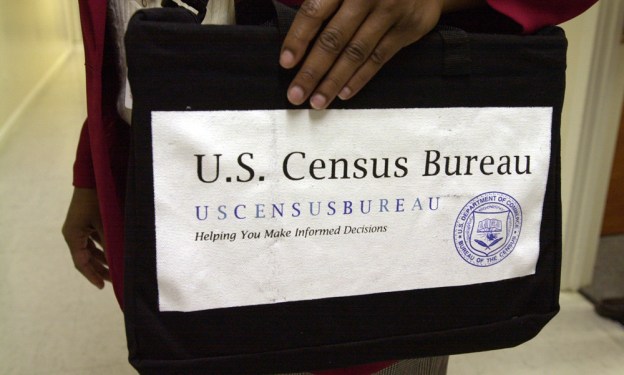
Covered by The Washington Post earlier this week, the U.S. Census Bureau is slowly shifting from paper census questionnaires to options that will allow respondents to fill out the survey using laptops, smartphones and tablets. After finally launching an option to fill out the questionnaire over the Web during January 2013, approximately half of the 250,000 households that received the questionnaire over the last three months have opted for using the Internet to fill out the survey rather than filling out the document by hand and returning it through the postal service.

The Census Bureau has spent two years researching how people responded to questions based on how the questions were laid out on the screen. Specifically, the group studied eye movement when choosing answers in order to create an optimal, simple experience when filling out the survey. The Web version of the questionnaire takes approximately 40 minutes to complete and requires pin numbers as well as special codes in order to access the secure page.
Spurred by Congress due to budgetary constraints, the push onto the Web is motivated by the rising costs of printing, mailing and indexing the paper questionnaires. For instance, the 2010 Census cost an average of $96 per household. The Census Bureau also has to spend money on printing the surveys in a variety of languages as well as using temporary employees to check physical addresses and follow-up in person as needed.
According to the new process, a household that has been chosen for the Census will receive a letter letting the homeowners or renters know that they can access a Web version of the questionnaire immediately. If the household hasn’t responded over the Web within a few weeks, the Census Bureau will send out the 28-page paper questionnaire. However, collecting responses over the Web could allow the Census Bureau to cut back on the staff of temporary employees used during the collection process and simply send out remainder emails prior to the survey deadline.
In addition to the Web version, the Census Bureau is looking into developing a version for mobile users on smartphones and tablets. Beyond email, the organization could also attempt to use text messages to send out reminders about filling out the survey, assuming the respondent already supplied that information. The Census Bureau is also considering investing in an educational campaign that encourages Americans to pre-register for the survey by providing an email address. The campaign would also educate the public on the benefits of using the Web version over the printed copy of the survey.
In any case, the Census Bureau will continue to work on the technology that delivers the survey over the next five years and lock a system in place approximately two years before the 2020 Census. Regarding new technological developments that occur prior to the 2020 Census, associate director Frank Vitrano said “The census is always going to look a little out of date. There will be a time in 2017 or 2018 when we have to lock in decisions. Something new will come in 2019, and our technology is going to look obsolete.“


